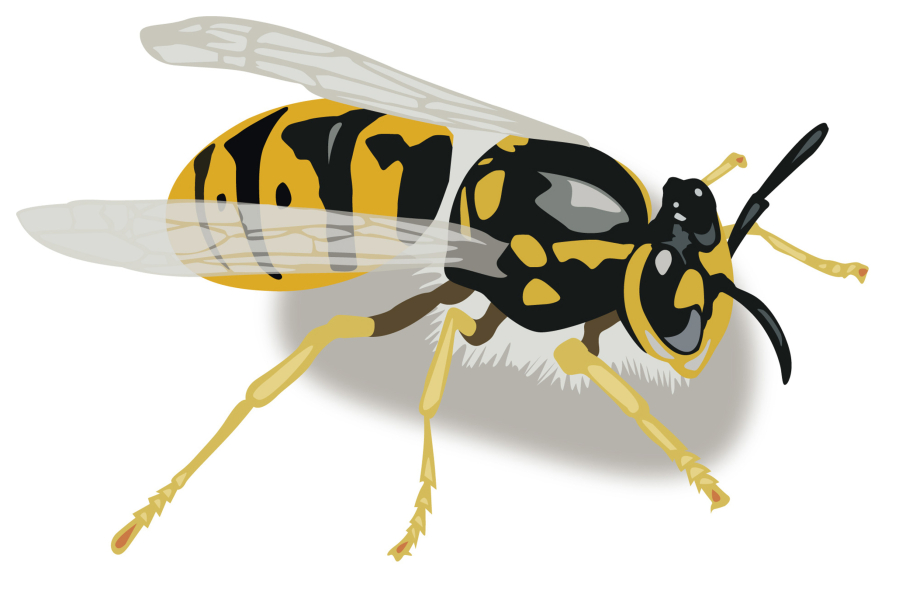After a long, harsh winter, spring brought little comfort to man or beast in the Pacific Northwest. For proof, look no further than the regional wasp population.
Wasps are a common sight during backyard barbecues and among gardens and trash cans in July and August. But across Washington, yellow jacket and paper wasp populations are down far below normal for this time of year, Washington State University entomologist Richard Zack said. The soggy, cold spring is largely to blame — or maybe thank.
In a queen wasp’s life cycle, she will hibernate through the winter then emerge in the spring to build a new colony. At first she does the hunting to feed her few larvae until they’re old enough to do the work and she can stay behind to lay more eggs. For that to work well, the weather needs to be at least fairly dry.
“When the spring occurs, they’re very vulnerable to the conditions,” Zack said. “If they find a place to start a nest but the weather is rainy and cold and they can’t go find prey, then they can’t survive. So the nest never really gets started, and for every nest that doesn’t get started, that’s a nest that won’t be there when it is nice.”




